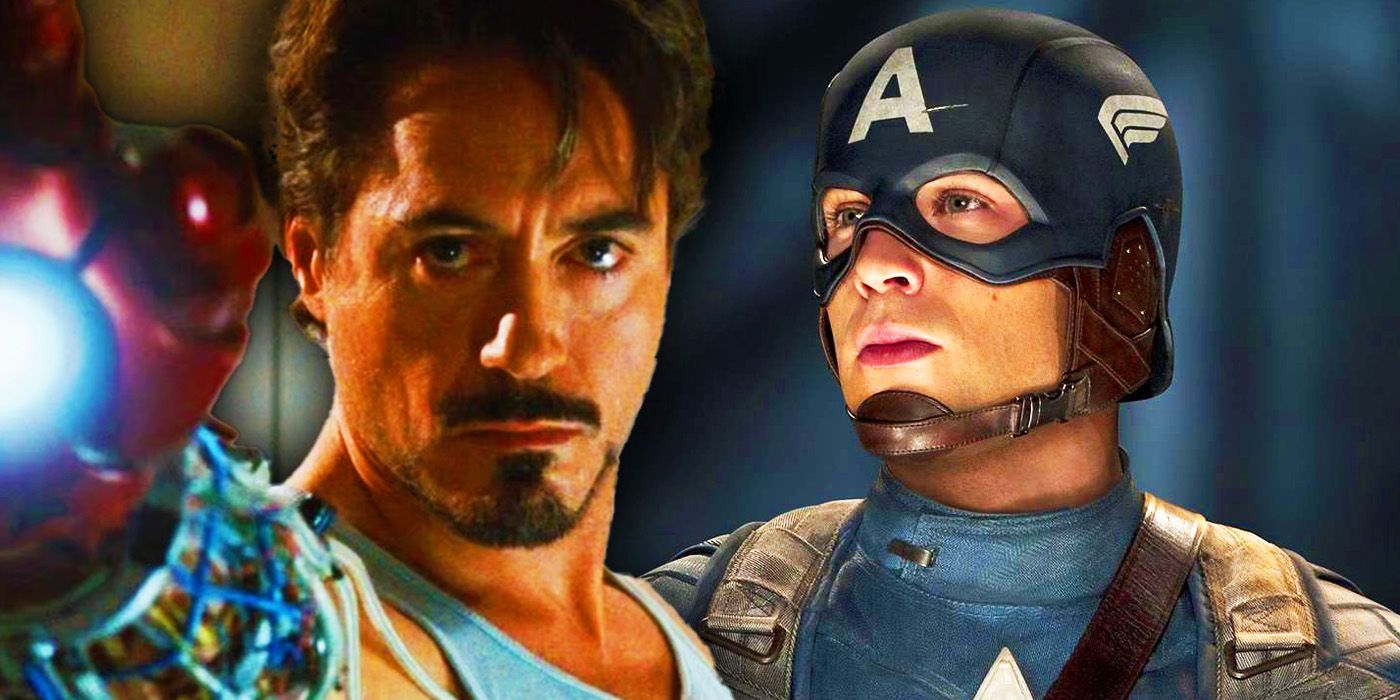[[{“value”:”
Summary
The early success of the MCU was built on lesser-known characters like Iron Man, Captain America, and Thor, not Marvel’s A-list heroes.
While Disney’s new direction may put heavy-hitters like Spider-Man and the X-Men in the spotlight, it will be impossible for Marvel Studios to create new icons as they did before.
Disney’s new release plans for the Marvel Cinematic Universe will make it impossible for Marvel Studios to continue its game-changing trends that began back in Phase 1. Over the last 16 years, Marvel Studios has produced the most expansive and successful superhero franchise in history, spanning over forty projects across film, TV and animation, and adapting dozens of characters from Marvel Comics into live-action. Marvel Studios has grown exponentially since 2008’s Iron Man, but the MCU has received criticism in recent years that has prompted parent company Disney to make some concerning changes that will seriously impact the MCU’s future.
After the conclusion of the MCU’s Infinity Saga, Marvel Studios began a massive expansion of the MCU by developing TV shows for Disney+. These focused on secondary characters from the MCU’s feature films, and also introduced a slew of new heroes to the franchise, but caused a bombardment of new content that has overwhelmed many. Marvel Studios has become victim to so-called “superhero fatigue,” while, behind the scenes, workers being stretched too thin has caused a lull in quality and disappointing box office returns. Something needs to change, but Disney’s new plan might have an adverse effect on the MCU.
10 MCU Phase 4 & 5 Projects That Likely Wouldn’t Be Made Under Marvel’s New Mandate
Marvel Studios may begin to focus only on the MCU’s heavy-hitters, but this would have meant some great projects would never have been developed.
Marvel Plans To Focus On Established Characters And Franchises Moving Forward
One of the biggest criticisms of the MCU’s Multiverse Saga has been the level of disconnection between projects, as so many new heroes have been introduced in standalone stories that don’t seem to tie into each other. The Infinity Saga excelled at making clear connections between characters, and many have expressed disappointment that this pattern hasn’t continued. This disappointment has translated into poor box office performances for most of the MCU’s recent feature films, with highly-anticipated projects such as Thor: Love and Thunder, Ant-Man and the Wasp: Quantumania and The Marvels all missing out on the success of their predecessors.
This prompted Disney CEO Bob Iger to suggest a new direction for Marvel Studios going forward, as he revealed at Disney’s latest earnings call that more focus will be put on sequels and franchises (via The Wrap). Iger also noted that Marvel Studios will be slowing down its output, perhaps assuaging the rising superhero fatigue, but making the MCU’s upcoming release schedule more uncertain. A new focus on established franchises may be good news for Spider-Man, Daredevil, Thor, and new heavy-hitters the X-Men and Fantastic Four, but this will lose some of what made the MCU’s early projects so magical.
The Early MCU Was Built On Lesser-Known Characters
Bob Iger’s suggestion of slowing down the MCU’s release schedule may be beneficial, as this is exactly how Marvel Studios started the franchise back in Phase 1. In the four years between 2008 and 2012, only six projects were released. Conversely, in the four years since the end of the Infinity Saga, Marvel Studios has so far released ten feature films, twelve TV shows and two Special Presentations, so trimming down on the amount of content may be a good idea for the MCU. However, what Iger has forgotten is that the MCU wasn’t built on Marvel Comics’ A-list heroes.
Iger’s new plan means what’s already popular will get attention.
Disney’s new direction will put Marvel’s heavy-hitters in the spotlight, but the MCU began by focusing on Iron Man, Captain America and Thor, none of whom were the face of Marvel. Prior to the MCU, Marvel’s A-listers included Spider-Man, the X-Men and the Fantastic Four, but Marvel Studios didn’t have access to them, so focused on building stories around lesser-known heroes instead, and ultimately transformed them into pop-culture sensations. Iger’s new plan means what’s already popular will get attention, so it will be impossible for Marvel Studios to create new icons as has been done before.
How The MCU Can Continue To Embrace New, Niche Characters Moving Forward
Under Disney’s new mandate, it seems unlikely that new solo projects will be developed for Marvel Comics’ more obscure characters. This is a dire shame, as it means projects such as Guardians of the Galaxy, Shang-Chi and the Legend of the Ten Rings and WandaVision may never have been developed, despite becoming some of the MCU’s most successful and popular installments. However, there is still a way that Marvel Comics’ more niche characters can be introduced to the MCU, as these heroes and villains can be included in Marvel Studios’ bigger-name projects before potentially being gifted their own solo adventures.
This has been proven to work in the past with characters such as Wanda Maximoff’s Scarlet Witch, the Black Panther, Spider-Man, Vision, Loki, Clint Barton’s Hawkeye, and countless others. There is always going to be an element of risk when developing a live-action superhero franchise, as studios cannot be sure whether audiences will accept characters immediately. However, the fact that lesser-known heroes such as Iron Man, Captain America and Thor can become household names following their Marvel Cinematic Universe debuts means that others can also get this treatment – if Marvel Studios and Disney are willing to take some risks.
Key Release Dates
Deadpool 3
Captain America: Brave New World
Marvel’s Fantastic Four
Marvel’s Thunderbolts
Blade (2025)
Avengers: The Kang Dynasty
Avengers: Secret Wars
“}]] Disney’s new MCU plans will lose franchise’s magic. Read More

